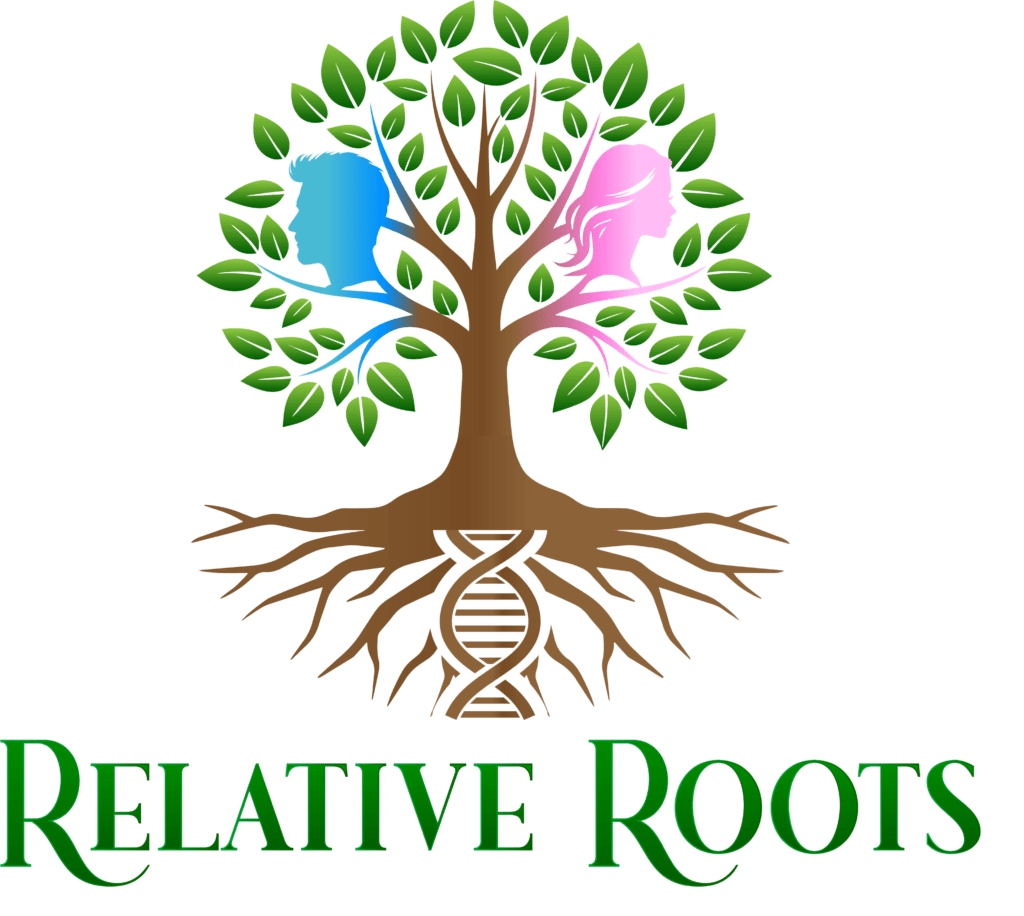DNA testing has become a game-changer in the field of genealogy, complementing traditional methods with genetic insights that add new layers of detail to family histories. Here’s how DNA testing can elevate your family research:
- Breaking Through Brick Walls
In genealogy, a “brick wall” is a dead end where historical records or documentation might be missing or incomplete. DNA testing can often help overcome these barriers by linking you to previously unknown relatives. A DNA match might provide clues to the origins of a lost ancestor, connect you to branches of your family tree you didn’t know existed, or help verify uncertain lines with genetic evidence. - Confirming Family Relationships
DNA testing adds a new level of confirmation to traditional records. For instance, birth certificates and census records might indicate relationships, but DNA can verify them, especially in cases where paper trails are unclear or lacking. DNA testing also helps verify ancestral connections across generations, giving you the confidence that your research is on solid ground. - Exploring Ethnic and Regional Origins
Many DNA tests include information on ethnicity and regional origins, breaking down percentages of genetic heritage. This can reveal ancestral regions you may not have previously associated with your family, adding to your understanding of where your ancestors likely lived. Knowing these regions can open up new research opportunities in countries or communities you might not have considered, providing a clearer picture of your lineage. - Connecting with Living Relatives
DNA tests, especially those from popular testing services, often identify living relatives—sometimes even close family members you never knew about. This creates unique opportunities for collaboration, as newfound relatives may have stories, photographs, and records that bring your family’s history to life. Connecting with living relatives can open doors to family reunions, shared history projects, and further discoveries. - Building Health and Genetic Profiles
Some DNA tests also offer genetic health insights, although these aren’t part of traditional genealogy. These insights can be helpful if your family history includes certain health conditions that you’re interested in understanding from a genetic perspective. This adds another layer to your family story, providing valuable information about inherited traits and potential health considerations. - Mapping Genetic Migration Patterns
Many DNA services provide ancestral migration maps, showing where your ancestors lived and how they moved over time. Combined with historical records, this can create a detailed story of your ancestors’ movements, from early origins to recent generations. These migration patterns give context to your family’s journey across continents and generations.
Incorporating DNA testing with traditional genealogy techniques enriches your family history, offering genetic proof to support your findings. Together, they create a more dynamic and detailed story of your ancestry, allowing you to uncover the most complete version of your family’s past.
